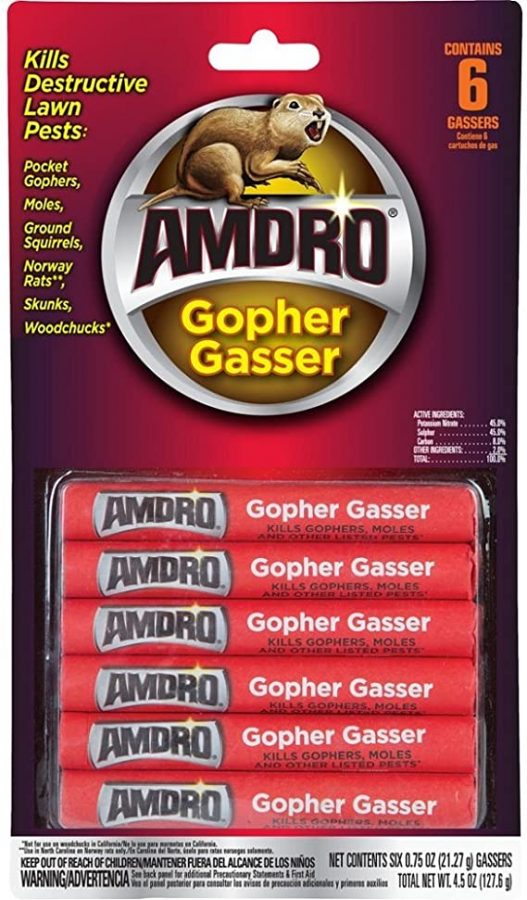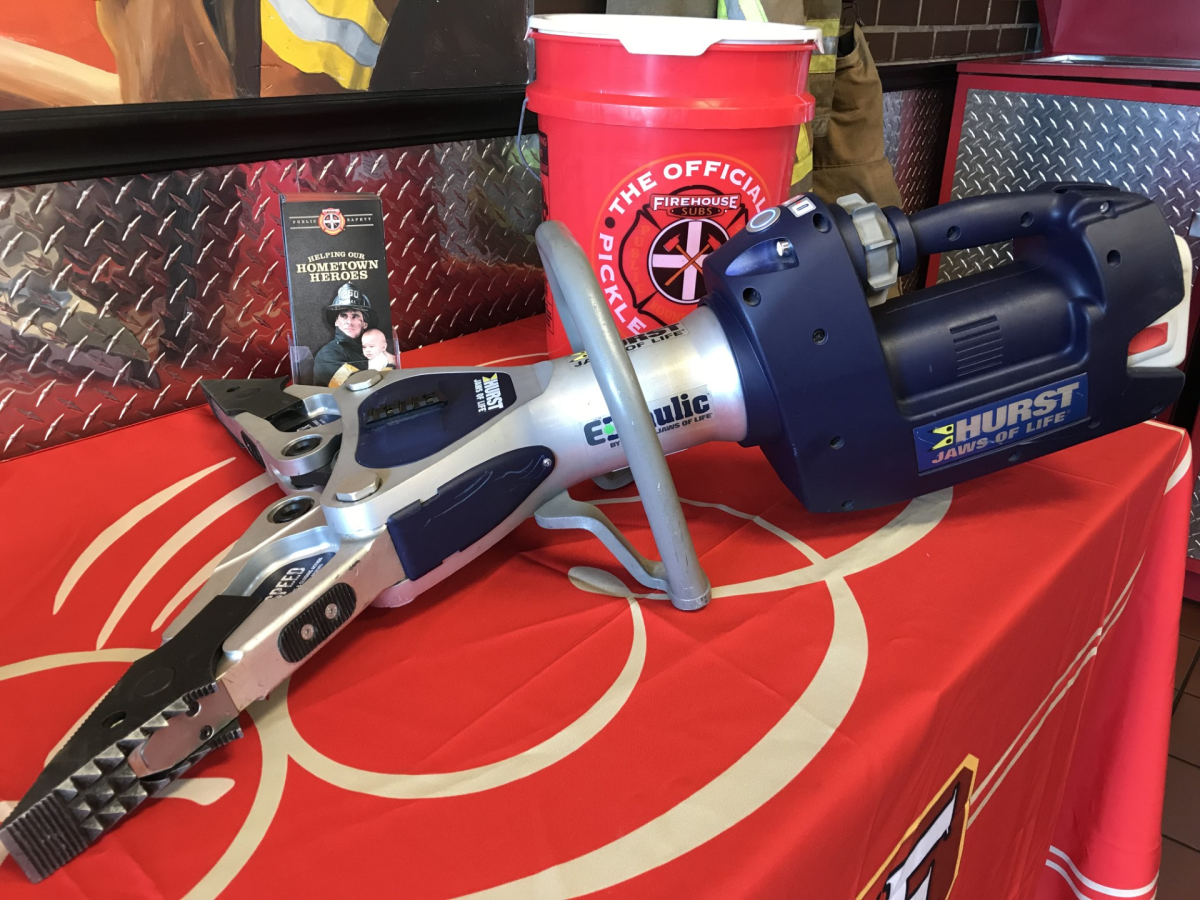The Mehlville Fire Protection District is warning residents about using pesticide bombs for gophers, moles and other rodents outside houses or sheds. The bombs have caused fires in the district, including at least one already this year.
The outdoor smoke bombs, which are sometimes marketed under names like the “Gopher Gasser” or the “Rodent’s Revenge,” state on the label that they can cause fires and are illegal in some states for that reason. The exterior smoke bombs look like sticks of dynamite and can be thrown in animals’ burrows underground to kill them.
But many people don’t realize how easily the devices can cause fires, since they’re on fire when you throw them into the ground, Mehlville Fire Chief Brian Hendricks said.
“People use pyrotechnic vermin control for moles, voles, groundhogs, any burrowing animal — they look like a stick of dynamite but they’re not that big, they’re about as big around as a hot dog,” the chief said. “They’ve got a fuse at the end and you light the fuse and it burns — it obviously shoots some flame out to get it hot enough that it burns the propellant, and this propellant is this noxious carbon monoxide/hydrogen cyanide mix that you throw down these holes that creates a bunch of smoke, but it also creates a ton of heat. And sometimes people make a mistake and they put them under or too close to combustible buildings — sheds are big places that groundhogs like to burrow under.”
The buildings go up in flames quicker than people can control it, Hendricks said.
By the time firefighters have to get involved, whatever was supposed to happen with the pesticide bombs has gone tragically wrong, Hendricks noted. Many people don’t realize how quickly house fires can spread.
“What people don’t realize is your vinyl siding is highly flammable if it reaches its ignition temperature. So you have stapled to the side of your house, without question, one of the most combustible things — it’s basically plastic,” Hendricks said. “Once it gets up the temperature and the fire starts low on the side of the house, it burns straight up the house and then all of that heat rises and it gets trapped in your eaves. What’s above your eaves? Vinyl material. And then it’s in your attic.”

































